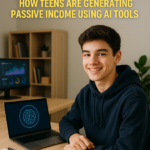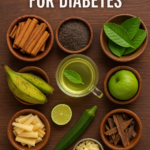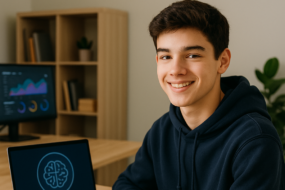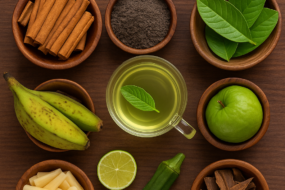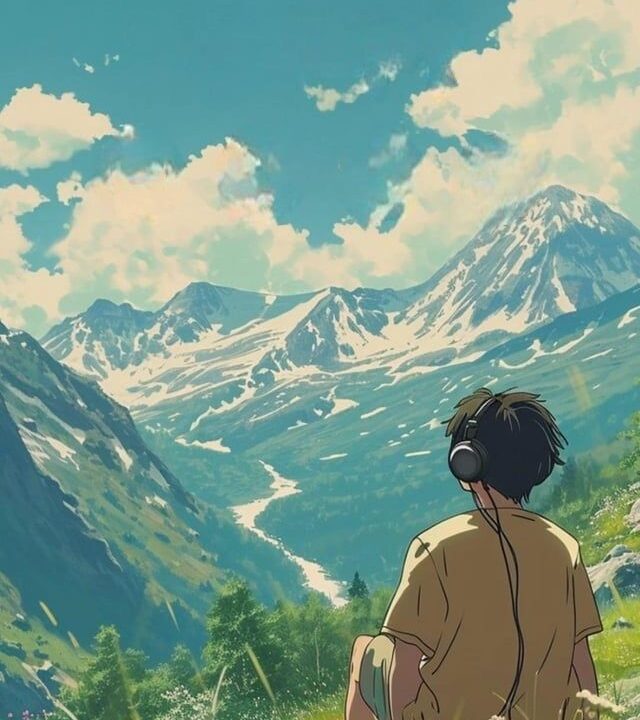
✨ A Dream or a Distraction?
Soft pastels, quiet skies, floating spirits, and whimsical forests — Studio Ghibli’s art feels like a hug for the soul. It’s everywhere: on your Instagram feed, your Pinterest board, your favorite wallpapers. But while the world falls deeper into its dreamy aesthetic, some voices are whispering: Is this innocent obsession hiding something deeper?

🌪️ The Rise of the Ghibli Aesthetic
Studio Ghibli’s art style has exploded online — and it’s no surprise why. With films like Spirited Away, My Neighbor Totoro, and Howl’s Moving Castle, Ghibli doesn’t just animate; it creates entire worlds that feel more real than our own. The art is nostalgic, peaceful, melancholic — all at once. People aren’t just watching Ghibli anymore — they’re living inside it.
From mood boards and fan art to AI-generated Ghibli-style towns, the trend is blowing up. But as we romanticize its quiet, gentle vibe, some psychologists and critics are raising their eyebrows.




⚠️ The ‘Dark Side’ No One Talks About
Here’s the thing: Ghibli art taps directly into our emotions. Its soft colors, slow moments, and ambient stillness can trigger emotional responses — calmness, yes… but also nostalgia, longing, and escapism.
Some people say they feel too attached — almost addicted — to the fantasy. Psychologists call this the “comfort trap”: when fictional beauty begins to feel more comforting than real life, it can lead to avoidance, emotional detachment, or even sadness when returning to reality.
Others argue it creates unrealistic expectations of peace, relationships, and beauty. When Ghibli becomes your emotional standard, real life may suddenly feel too harsh, too loud, too broken.

🧠 What It Does to the Mind (and Why You Can’t Stop Watching)
There’s actual neuroscience behind this.
Ghibli-style visuals — especially nature scenes and slow-moving skies — activate the brain’s default mode network, the part connected to daydreaming and emotional memory. That’s why it feels so familiar… even if you’ve never seen the movie before.
Your brain feels safe. Your heart feels heard. And that’s powerful — but also a little dangerous, because it keeps pulling you in.


💬 The Debate: Escape or Emotional Overload?
So is Ghibli art really dangerous? Not in the traditional sense. It’s not harmful — it’s healing, for many. But like all beautiful things, balance matters. If the dream becomes your comfort zone, it might also become your cage.
🎨 Final Thoughts
Ghibli art is blowing up because it connects with something deep inside us — something soft, quiet, and often neglected in modern life. It reminds us to slow down. To feel. To dream.
But maybe, just maybe… it’s also time to ask ourselves:
Are we using that beauty to feel more alive — or to hide from what’s real?

